Welcome to HongChang Aluminum CO., LTD.
Visit
Xin'an Industrial Assemble Region,Luoyang,Henan Province,China
Welcome to HongChang Aluminum CO., LTD.
Xin'an Industrial Assemble Region,Luoyang,Henan Province,China
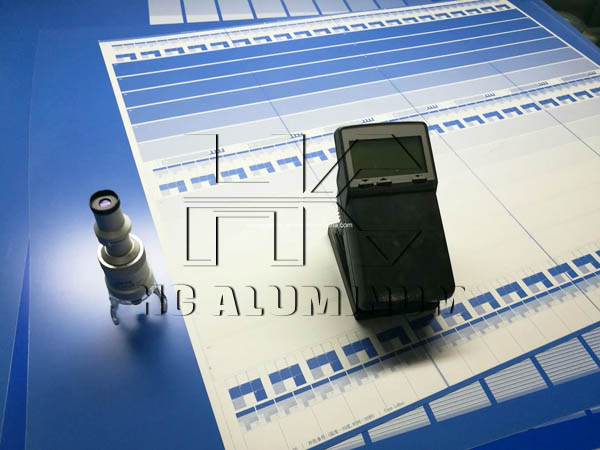
Aluminum offset thermal CTP plate is a modern platemaking technology for offset printing. Its core is to transfer digital printing files directly to the printing plate of aluminum substrate without the need for traditional film intermediate medium.
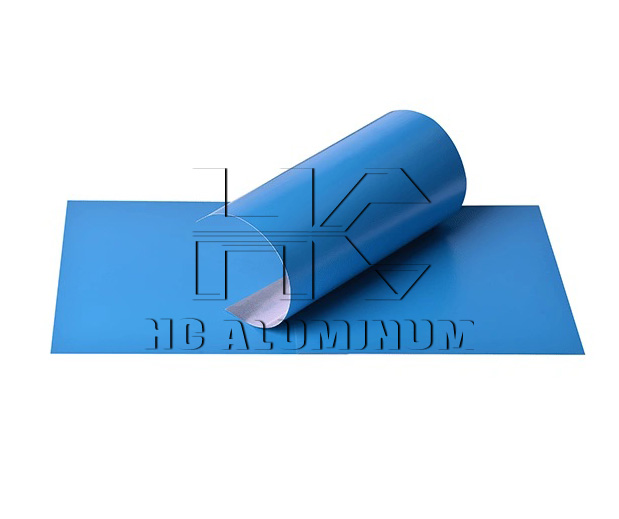
CTP plate is a printing plate substrate specially used in CTP platemaking process. It is made of high-quality aluminum substrate and its surface has a complex grain structure and a dense oxide layer.
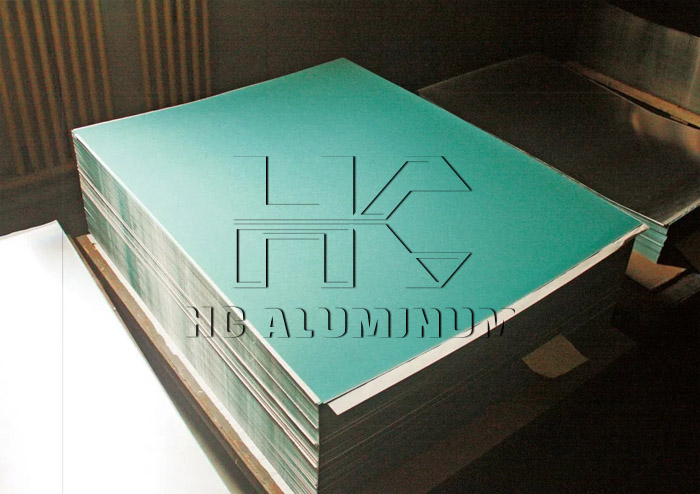
PS plate is used in various printing fields, such as books, magazines, newspapers, packaging, advertising, etc. Its high-quality printing effect and stable performance make it one of the important materials in the printing industry.
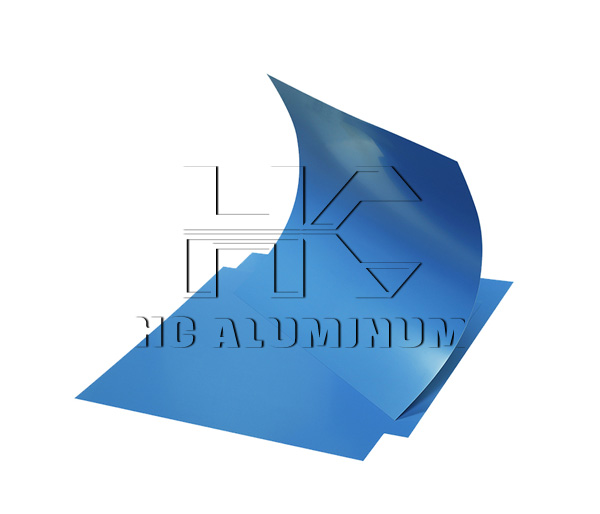
Hongchang's high-quality CTP aluminum substrate uses 1 series high-purity aluminum, which is flat and corrosion-resistant, ensuring high-resolution imaging and stable printing strength, and is widely used in the digital printing industry.
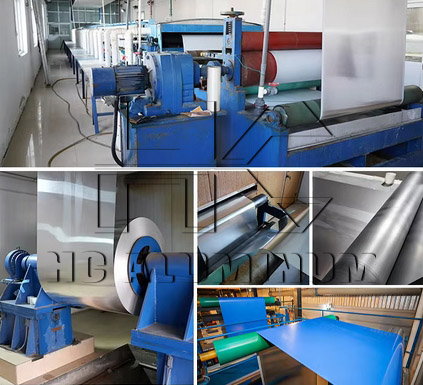
MC Aluminum is a manufacturer specializing in the production of 1060-h18 aluminum sheets for printing platemaking. The thickness range of production is between 0.13-0.40mm, and it can be customized.
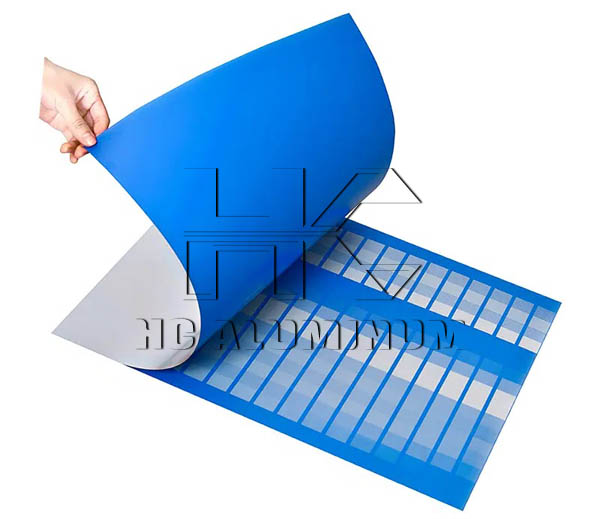
1-Series photopolymer plate aluminum substrates are made from 1050, 1050A, 1060, and 1070 aluminum sheets as the supporting material for photopolymer plates (such as PS plates and CTP plates).
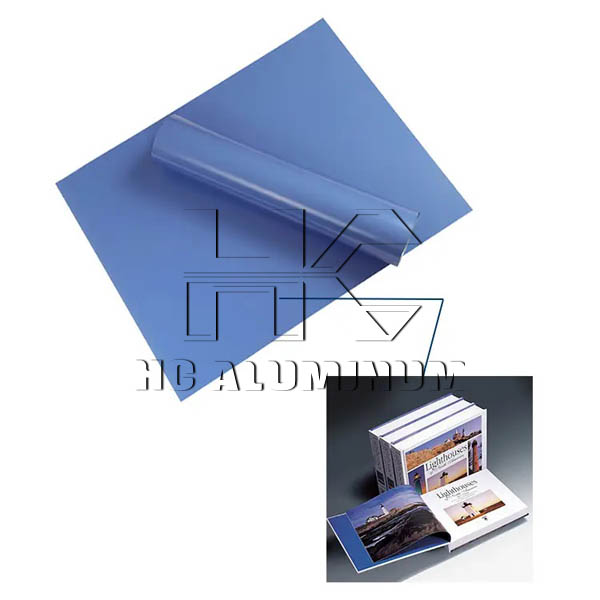
The aluminum substrate offset printing PS plate is a new type of printing material that has become an essential component in the offset printing industry due to its exceptional printing performance, long-lasting durability, and environmental benefits.
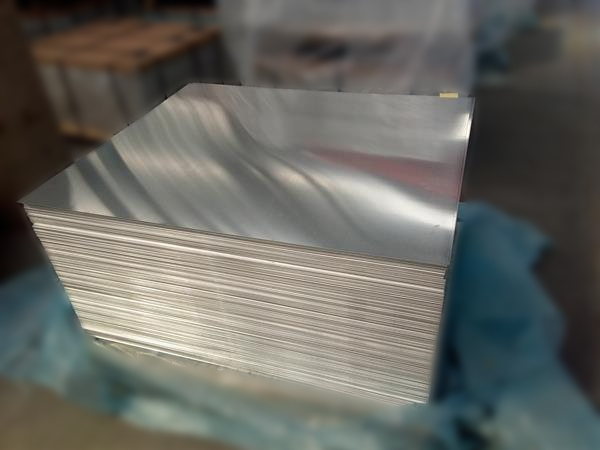
1 series aluminum alloy plates are commonly used for PS plate substrate/CTP plate substrate, with advantages such as high printing quality, strong printing durability, environmental friendliness, cleanliness and hygiene, and low cost.
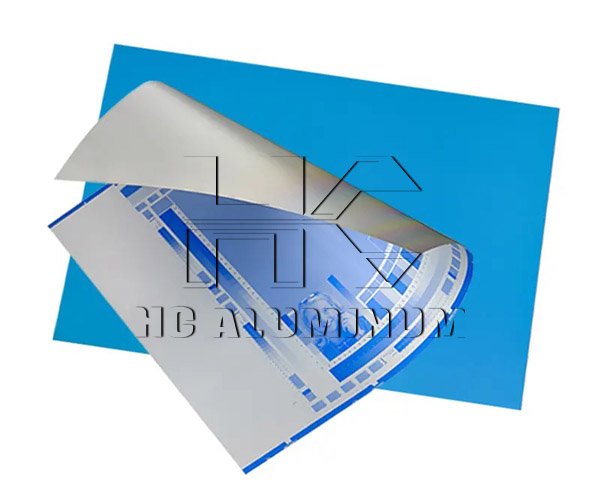
In CTP printing aluminum substrates, the commonly used aluminum plate base alloys are 1050, 1060, etc.
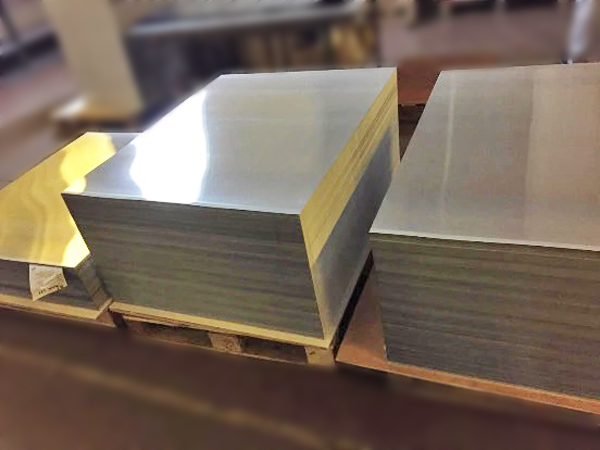
CTP aluminum substrate made of 1050, 1060, 1070 aluminum sheets, these aluminum alloys are known for their high purity and good processing performance. 1 series aluminum plate can provide good conductivity, ductility and corrosion resistance, suitable for
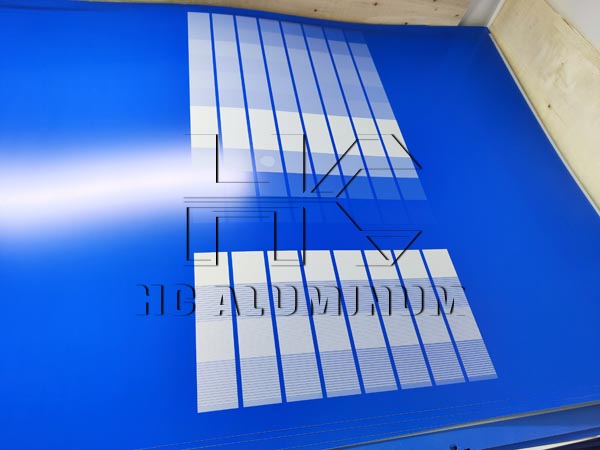
0.3mm thick CTP plates are especially suitable for medium to large-sized printing equipment and scenarios with high requirements for printing accuracy and durability.
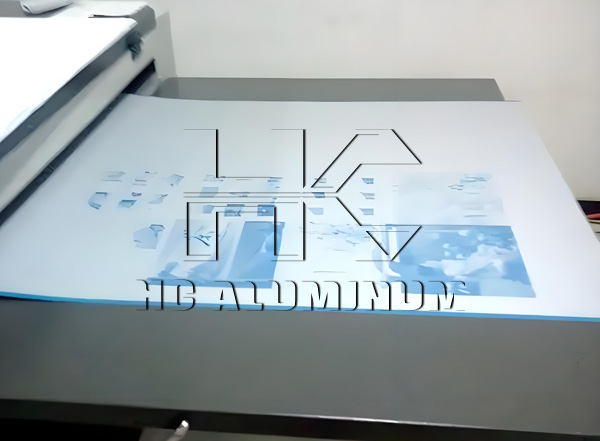
CTP plates are mainly divided into five categories: thermal plates, violet laser plates, silver salt plates, UV-CTP plates, and the emerging free-processing plates. They are widely used in printing newspapers, magazines, etc.
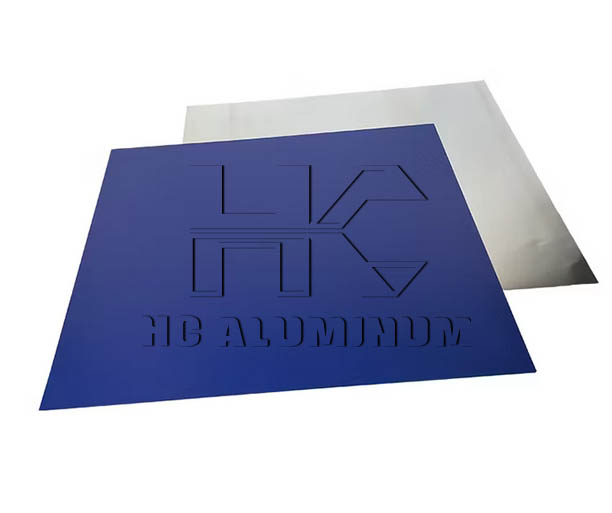
Offset thermal CTP aluminum plate is a high-end printing plate made of aluminum plate as the substrate, coated with photosensitive material on the surface, ...
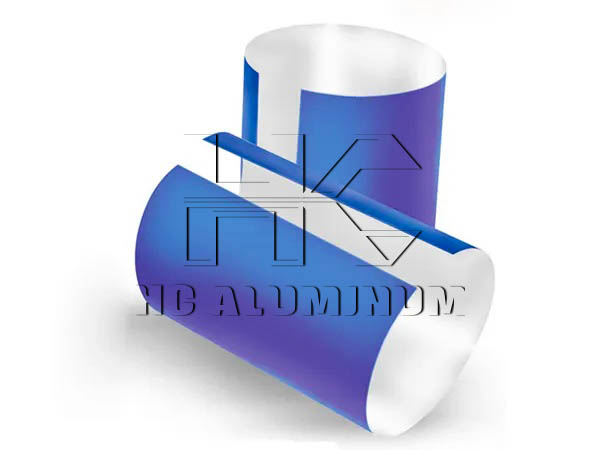
The main raw material for CTP plates is the printing plate material, which is typically made from aluminum base plates (also called aluminum plates) that are treated with a coating to accept image transfer.

Aluminum PS plates are the core consumables of offset printing presses. The base material is primarily 1050, 1060, or 1070 aluminum alloy. The surface is electrolytically oxidized to create a grain structure and then coated with a photosensitive resin.
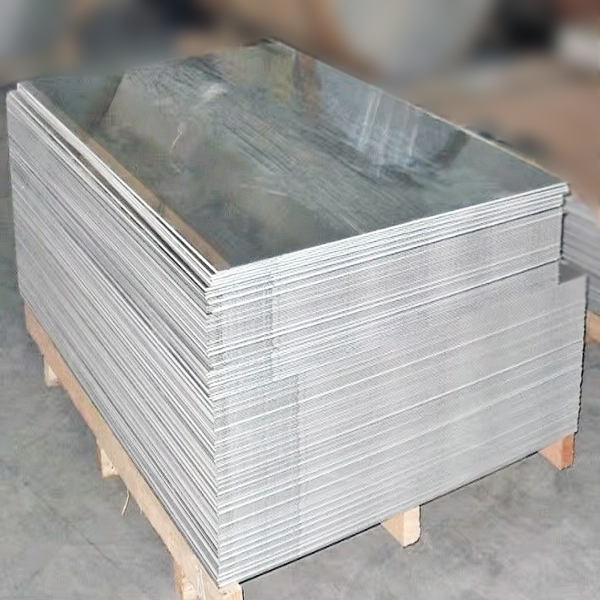
In the printing industry, PS sheet (pre-coated photosensitive sheet) refers to a sheet made by coating a non-silver photosensitive (thermal) resin layer on an aluminum substrate sheet. For photosensitive sheet substrates, 1050, 1060, 1070, 1050A aluminum
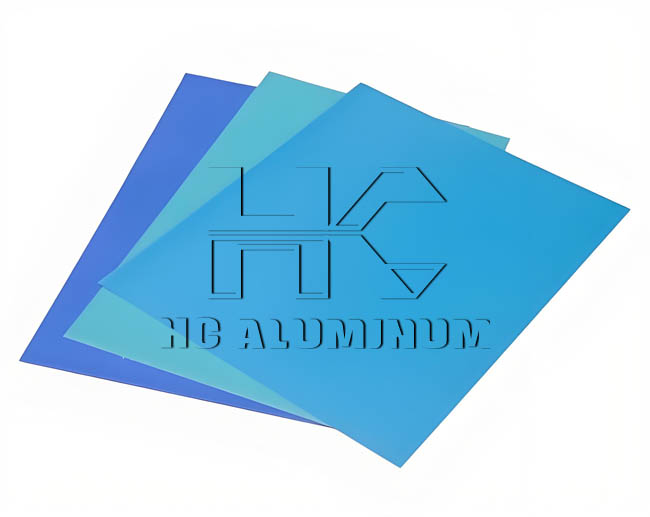
Among the wide range of CTP plate types available, high-sensitivity thermal CTP plates have emerged as the preferred solution for increasing production capacity, optimizing costs, and ensuring exceptional print quality.
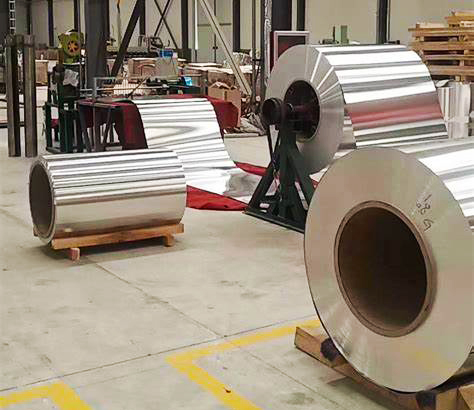
Ctcp plate is a computer-generated plate made directly on a traditional plate, replacing the traditional film platemaking method. The positive Ctcp plate inherits the advantages of CTP such as timeliness and high quality, a
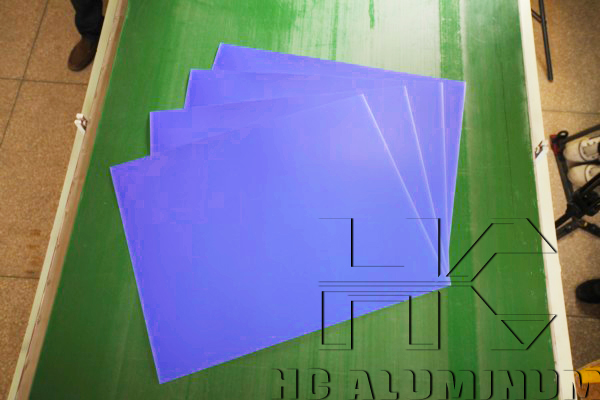
The alloys used for aluminum base sheet production in CTP sheet production are usually 1050, 1060 aluminum coil, etc. Aluminum coil is usually highly processed aluminum, and the surface is anodized to improve corrosion resistance and prepare for subsequen
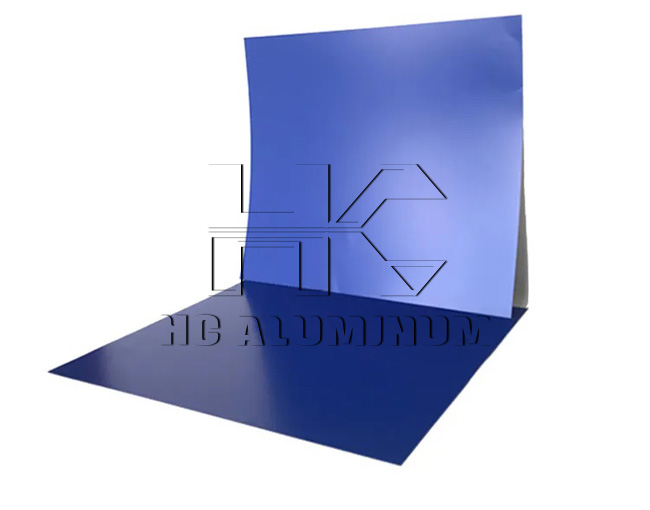
1350mm CTP plates, featuring high stability, durability, and excellent photosensitivity, are widely used in high-end printing applications. Available in a variety of custom sizes, they help printing companies improve efficiency and quality.
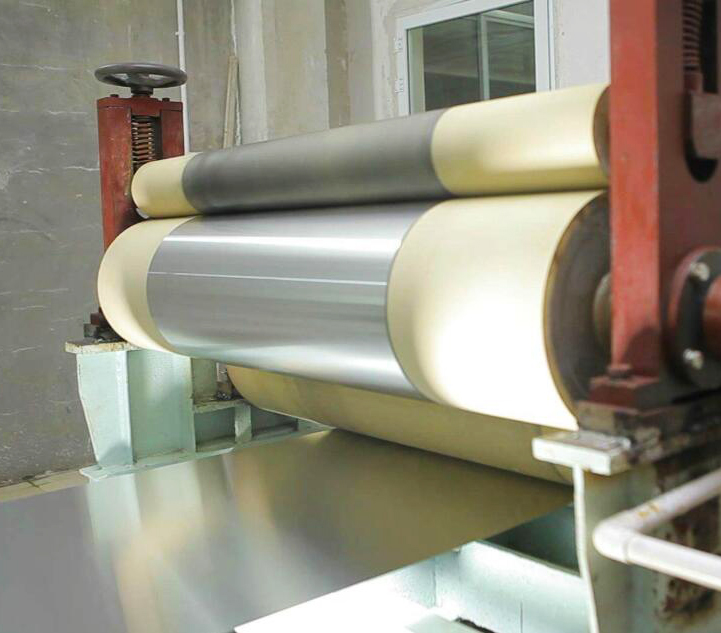
CTP plate is a high-end direct platemaking technology, widely used in different types of offset printing plates, such as positive PS plate, thermal CTP plate, photosensitive CTP plate and UV-CTP plate. CTP plate has the advantages of high printing quality
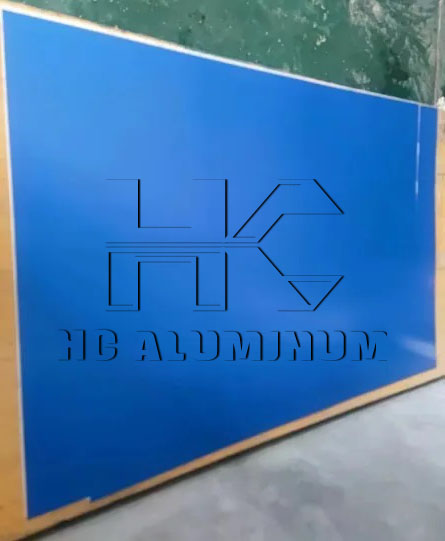
The alloy types of aluminum plates for printing bases usually include 1050, 1060, 1070, 1100, etc.
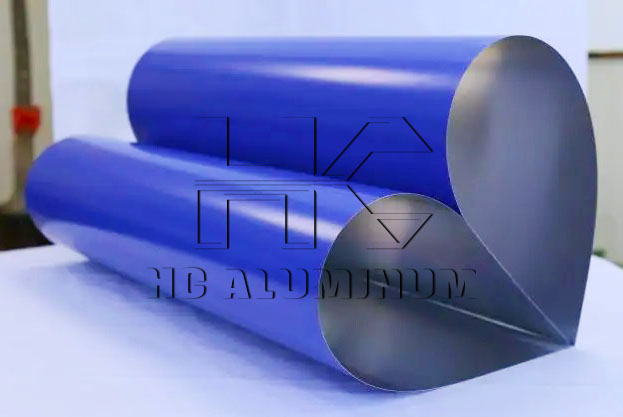
Aluminum strip is a special aluminum-based material dedicated to the printing industry, mainly used to make printing plates for computer direct platemaking (CTP, Computer-To-Plate) technology. This kind of aluminum strip plays an important role in the mod
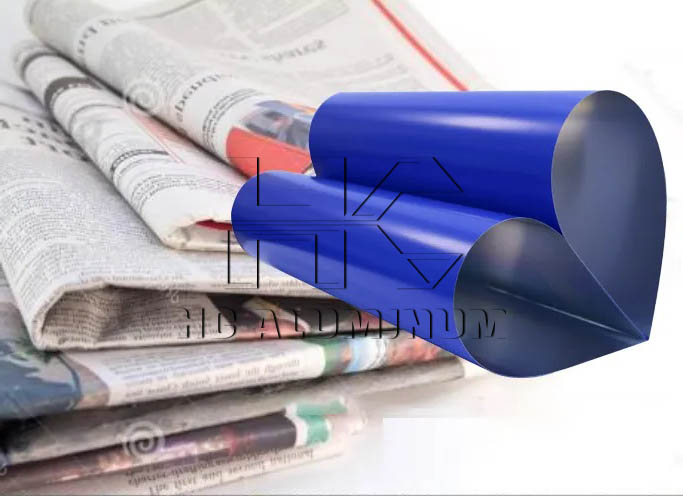
Offset printing is commonly used in newspaper production, with PS plates (Presensitized Plates) or CTP plates being the primary materials.
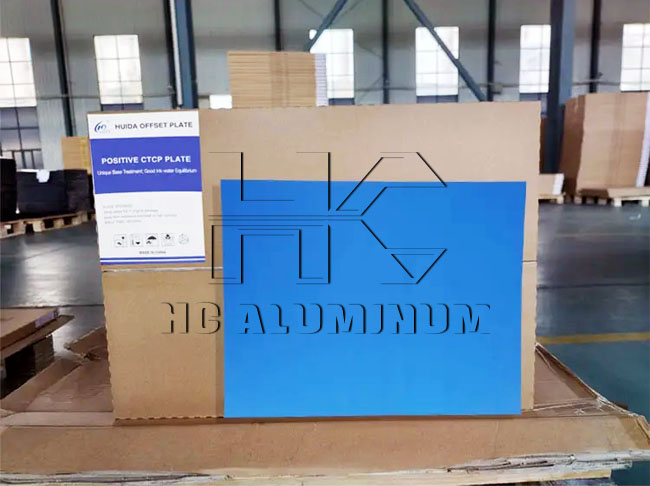
Aluminum substrate is the main carrier of green printing aluminum plate. It is usually made of high-purity aluminum, using 1050 aluminum alloy, 1060 aluminum alloy, etc.
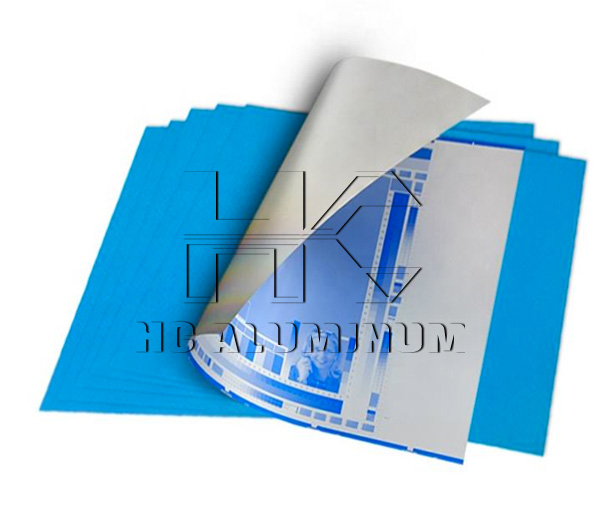
A 0.15mm thick aluminum PS plate is a lightweight printing plate specification, usually made of 1050, 1060 or 1070 series aluminum alloys with a purity of 99.3% or higher.
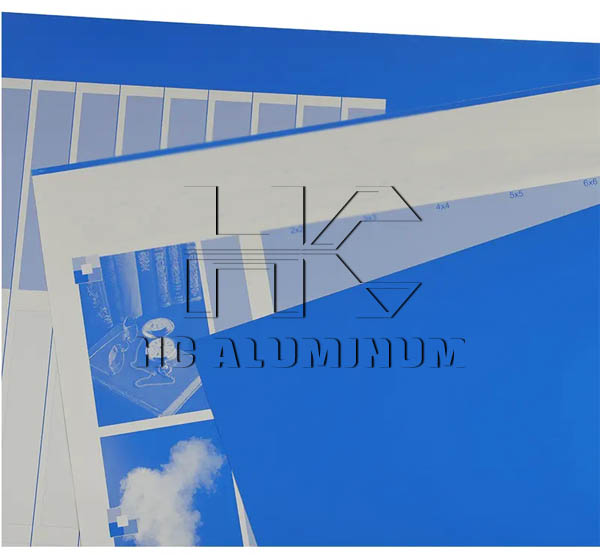
The CTCP plate is mainly composed of a high-quality aluminum substrate and a photosensitive coating.
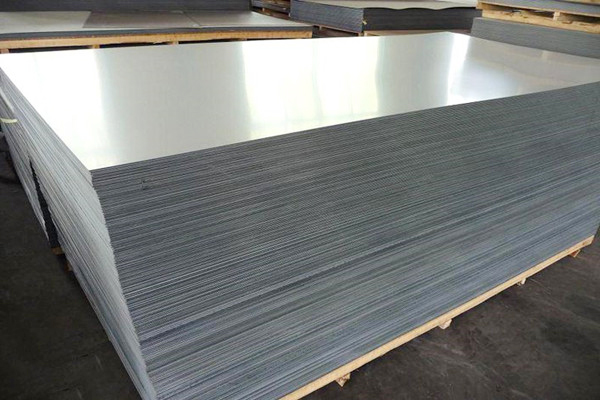
PS/CTP are both rolled into a certain thickness of thin plate through hot and cold rolling process. The surface of the plate is coated with a layer of photosensitive resin after a specific process treatment, and then dried to make a printing plate for var

Hongchang Aluminum focuses on the research and development and production of offset printing plates. Its products cover offset printing plates, thermal CTP plates, and raw material aluminum substrates, and are widely used in books, packaging and other fie

CTP plates of different thicknesses have different compressive strength, printing durability, stability and compatibility.